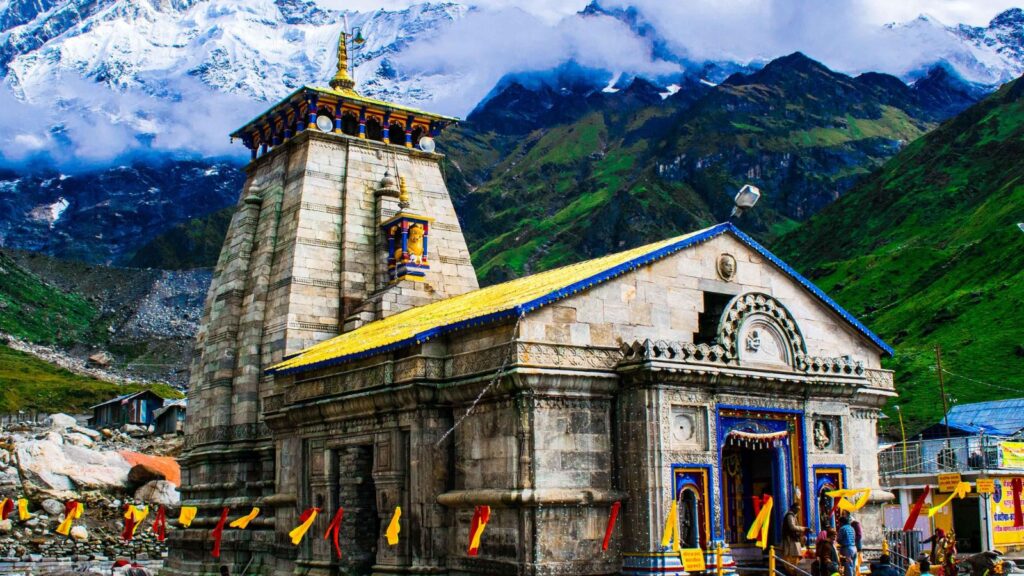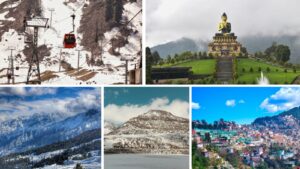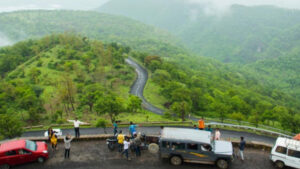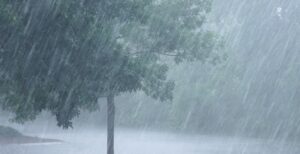First-Ever Winter Char Dham Yatra: Economic Push Or Ecological Risk ?

IRCTC Introduces Helicopter Services For Kedarnath Yatra 2025: Check Routes, Fares, And Booking Guidelines
The Char Dham Yatra has become a significant attraction this winter, marking the first time the pilgrimage is being conducted during this season. Typically, the yatra begins in the summer, from April-May to October-November, but this year, the state government has opted to start the yatra during the harsh winter months. This decision has sparked concerns among environmentalists, while drawing thousands of devotees to Uttarakhand’s sacred shrines. Let us delve into the reasons behind this unprecedented move.
Char Dham Yatra’s Economic Significance
The Char Dham pilgrimage contributes immensely to Uttarakhand’s economy, generating over ₹200 crore in daily revenue. This year alone, the pilgrimage attracted more than 48 lakh devotees and over 5.4 lakh vehicles, constituting 8.4% of the state’s annual tourist footfall. The winter yatra, launched on December 8, 2024, by Chief Minister Pushkar Singh Dhami, aims to sustain this economic momentum even during the off-season.
The Winter Pilgrimage Setup
Char Dham refers to the four Hindu pilgrimage sites in the Garhwal Himalayas: Gangotri, Yamunotri, Kedarnath, and Badrinath. During winter, these regions experience heavy snowfall, making access to the main temples difficult. To address this, the idols from these shrines are relocated to their winter abodes: Gangotri’s deity to Mukhba, Yamunotri’s to Kharsali, Kedarnath’s to Omkareshwar Temple in Ukhimath, and Badrinath’s to Pandukeshwar.
Visitor Statistics for the Winter Yatra
Between December 8 and December 30, 2024, the winter Char Dham Yatra recorded 15,314 devotees, with Omkareshwar Temple attracting the highest number at 6,482. Pandukeshwar received 5,104 devotees, followed by Mukhba (3,114) and Kharsali (614). This steady stream of pilgrims highlights the yatra’s growing popularity.
Government’s Objectives and Vision
Tourism Department stated that the winter Char Dham Yatra seeks to reposition Uttarakhand from a summer-exclusive destination to a year-round tourist hub. “When most of North India is shrouded in winter fog, we aim to capitalize on this period with ‘sun tourism.’ This initiative will provide a significant boost to Uttarakhand’s tourism.”
Environmental Concerns
Environmentalists have raised alarms about the potential impact of increased tourist footfall. An environmentalist expressed concerns about the degradation of sacred sites, overburdening of infrastructure, and harm to local ecosystems. He warned that unchecked tourism could threaten the sanctity of these revered locations.
But many experts have pointed out that winter traffic could disturb wildlife such as snow leopards and mountain goats, which descend to lower altitudes in search of food during this season. The animals, being shy by nature, may face significant stress from human activity.
Legal Oversight
In July 2024, the National Green Tribunal directed the state government to determine the carrying capacity of the Char Dham Yatra. Additionally, the Uttarakhand Pollution Control Board instructed the Wildlife Institute of India to assess and report the environmental impact within a year.
The Uttarakhand government’s winter Char Dham Yatra is both a bold and experimental move aimed at boosting tourism and the economy. However, it also brings forth challenges related to sustainability and environmental protection. As the initiative progresses, careful planning and regulation will be essential to balance tourism growth with ecological preservation.












